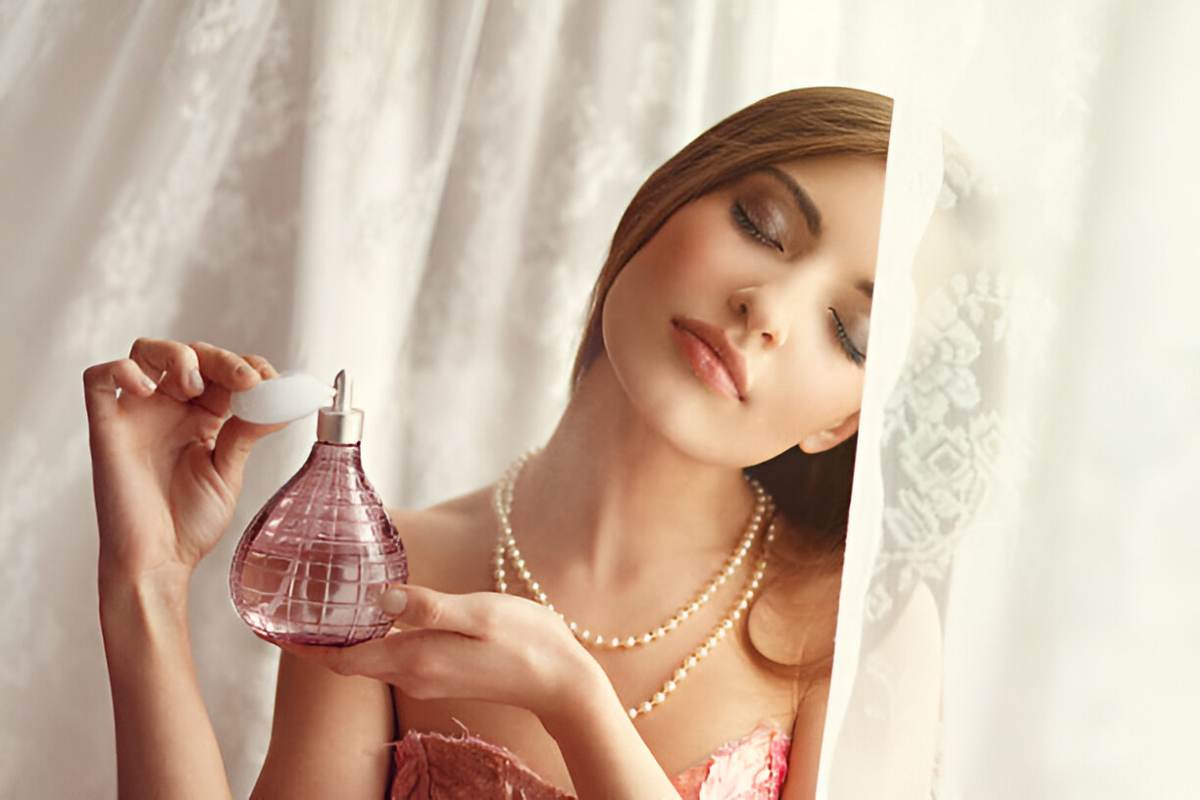From the sweet scent of a blooming rose to the exotic aroma of jasmine at dusk, floral scents have always fascinated humans. They bring back memories, create emotions, and connect us to nature. In perfumery, flowers are not just popular—they form the heart of many classic and modern fragrances.
The Timeless Charm of Floral Perfumes
A Historical Bouquet
Flowers have been used in perfumes for thousands of years. Ancient Egyptians used lily and iris in personal and religious rituals. In medieval Europe, rose and orange blossom waters were common in beauty routines. This history made flowers central to modern perfumery, where extracting their essence is now both an art and science.
Popular Floral Notes
Some flowers have signature scents:
-
Rose: Sweet, rich, sometimes spicy; called the “queen of flowers.”
-
Jasmine: Deep, sweet, and sensual.
-
Lavender: Fresh and calming.
-
Ylang-ylang: Exotic and fruity.
These notes help perfumers create scents that can feel light and airy or deep and mysterious.
Modern Uses in Perfume
Today, floral notes are often mixed with other elements like citrus, wood, or spice. For example, rose combined with oud wood balances softness with strength. Modern perfumers create new, exciting scents while keeping the classic floral essence.
Choosing Your Signature Scent
Picking a floral perfume is more than liking a flower. Think about what matches your personality:
-
Sweet peony
-
Fresh lily of the valley
-
Warm magnolia
Try the fragrance on your skin, as body chemistry can change how it smells. Experiment with blends for a richer aroma.
Why Floral Scents Endure
Floral perfumes are loved because they are versatile and connect us to nature and feelings. They can be uplifting or calming, bold or subtle, making them perfect for different moods and occasions. Whether simple or complex, floral perfumes continue to charm fragrance lovers worldwide.
Trends in Floral Perfumes
1. Niche Floral Perfumes:
-
Independent brands create bold, unusual floral blends.
-
Rare flowers and unexpected pairings make perfumes unique.
-
Florals are now art, with every bottle telling a story.
2. Sustainable Flower Sourcing:
-
Ethical and eco-friendly cultivation is growing.
-
Brands use fair trade and water-saving methods.
-
Sustainable flowers appeal to eco-conscious buyers.
3. Synthetic Floral Molecules:
-
Science allows the creation of flowers that cannot be extracted naturally, like lilac or lily of the valley.
-
Synthetic molecules improve scent longevity and reduce environmental impact.
4. Unisex Floral Perfumes:
-
Florals are no longer just for women.
-
Men confidently wear rose; women enjoy woody jasmine.
-
Blends like rose with leather or jasmine with musk are popular.
-
Unisex perfumes suit all occasions and identities.
Exploring the Art of Floral Blends
Exploring the Art of Floral Blends
Floral perfumes are not just about one flower. Many fragrances mix multiple flowers to create a unique aroma. For example, rose can be combined with jasmine or peony with lily of the valley. These blends give depth and make the perfume smell different on each person’s skin.
The Role of Technology in Florals
Modern perfumers use technology to capture the purest floral scents. Machines and distillation methods extract essential oils without losing fragrance. This ensures that even subtle notes, like the freshness of morning dew on petals, reach the bottle. Synthetic molecules also allow perfumers to recreate flowers that are rare or seasonal, expanding creativity and keeping costs lower.
Floral Scents and Mood
Floral perfumes can affect emotions. Light, soft florals like lavender or peony help people feel calm and relaxed. Bold flowers like rose or jasmine can make someone feel confident or romantic. This is why florals are used not only in daily perfumes but also in spa products and aromatherapy.
Floral Perfumes for Everyone
Today, florals are no longer only for women. Men enjoy woody or spicy floral blends, and unisex options are growing. Florals now symbolize self-expression, creativity, and elegance, making them suitable for every personality and occasion.
The Timeless Connection
Flowers have been loved for centuries, and their appeal remains strong. Each bottle of floral perfume tells a story of nature, beauty, and emotion, keeping humans connected to the timeless charm of blossoms.
Conclusion
Floral perfumes are timeless. With creativity, sustainable practices, and inclusive designs, they continue to evolve. Flowers remain at the heart of perfumery, offering scents that connect us to nature, emotions, and beauty.

